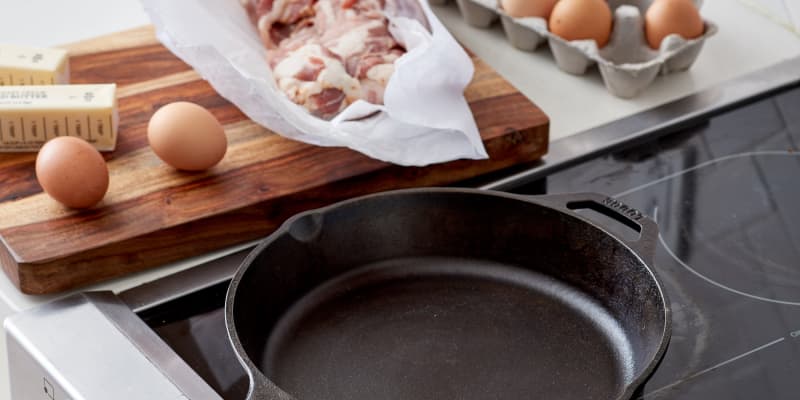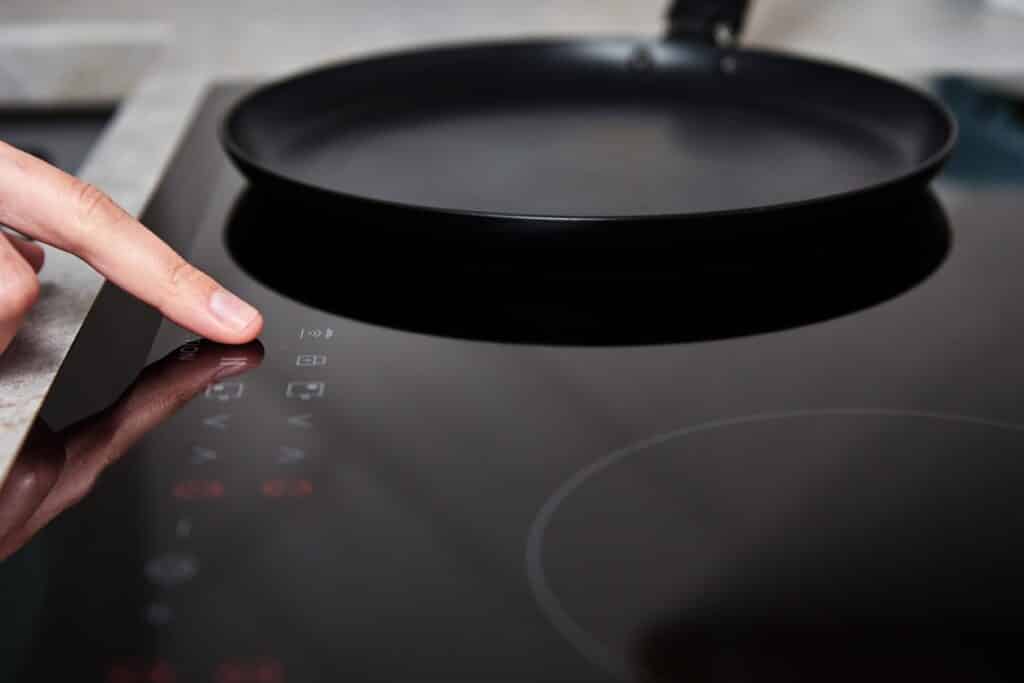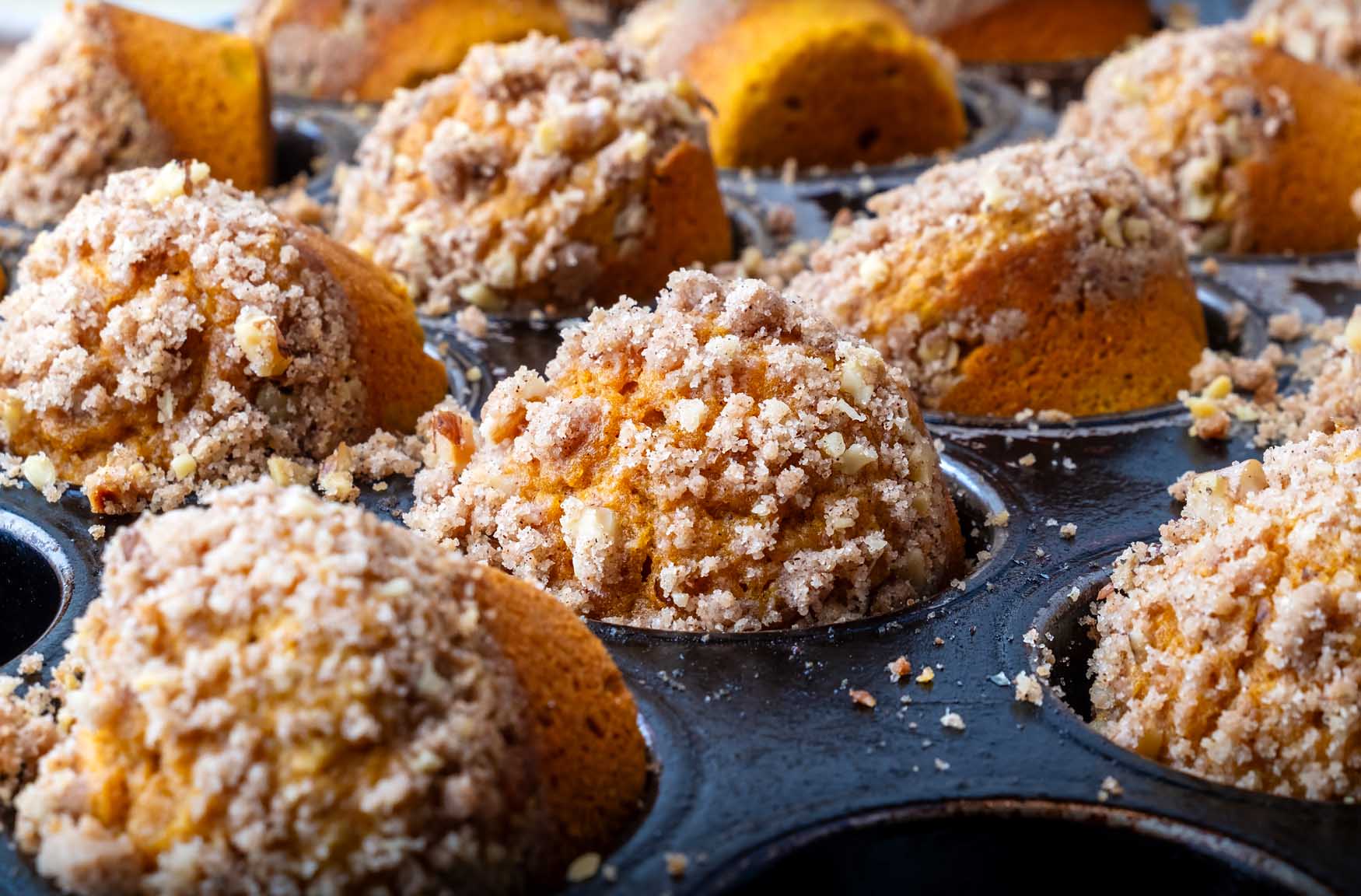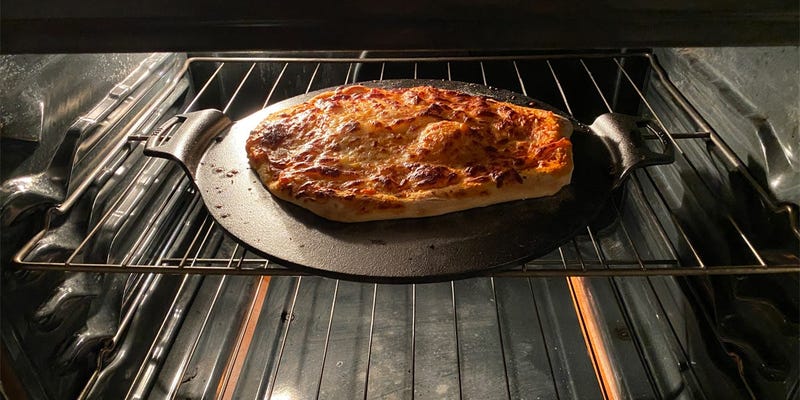In the bustling world of culinary arts, efficiency and efficacy are paramount. Kitchen professionals are continually on the lookout for tools that not only enhance their cooking experience but also align with modern technology. One such tool that has stood the test of time, yet seamlessly integrates with contemporary cooking methods, is cast iron cookware. Particularly, its compatibility with home induction cooking has made it a staple in professional kitchens.
Understanding the benefits of cast iron for home induction cooking is essential for anyone looking to optimize their kitchen's functionality. This article delves into why professionals favor cast iron, especially when paired with induction cooktops, and how it can revolutionize your culinary practices.

Why Cast Iron is Ideal for Induction Cooking
Induction cooking has surged in popularity due to its energy efficiency and precise heat control. Unlike traditional gas or electric stoves, induction cooktops use electromagnetic fields to heat cookware directly. This not only speeds up cooking time but also ensures even heat distribution. Cast iron, with its magnetic properties, is a perfect match for induction cooking.
The dense material of cast iron retains heat exceptionally well, making it an ideal candidate for recipes requiring steady and prolonged heat. Whether you're searing a steak or simmering a sauce, cast iron ensures consistent results. Moreover, its ability to maintain heat even when removed from the induction surface makes it a versatile tool for various cooking techniques.
Durability and Longevity
For kitchen professionals, durability is non-negotiable. Cast iron cookware is renowned for its robust nature and longevity. Unlike other materials that may warp or degrade over time, cast iron can withstand high temperatures and frequent use without losing its integrity. This makes it a cost-effective choice for both home cooks and culinary experts. Its resilience also means that it can be passed down through generations, maintaining its quality with proper care.
Enhanced Flavor Development
One of the understated benefits of cast iron is its contribution to flavor development. The seasoning of cast iron pans forms a natural non-stick surface that enhances the taste and aroma of foods. Over time, the layers of seasoning act as a flavor reservoir, enriching dishes with subtle nuances that are hard to replicate with other cookware.
This characteristic is particularly beneficial for induction cooking, where temperature control is precise, allowing for perfect sears and browning. The combination of cast iron's seasoning and induction's heat control results in dishes that are not only perfectly cooked but also rich in flavor.
Versatility in Cooking
Cast iron cookware is incredibly versatile, capable of handling a wide range of cooking methods. From frying and baking to roasting and broiling, its adaptability is unmatched. This versatility is further amplified when used on an induction cooktop, allowing for seamless transitions between different cooking techniques without the need for multiple pots and pans.
Professionals appreciate this flexibility, as it streamlines the cooking process and reduces the need for excessive equipment. Whether you're preparing a delicate sauce or a hearty stew, cast iron's adaptability ensures optimal results every time.
Eco-Friendly and Sustainable Choice
In today's environmentally conscious world, making sustainable choices in the kitchen is crucial. Cast iron is an eco-friendly option due to its longevity and recyclability. Unlike non-stick pans that may release harmful chemicals into the environment, cast iron is made from natural materials and can be recycled at the end of its life cycle.
Moreover, its heat retention properties mean that less energy is used during cooking, aligning with the energy-efficient nature of induction cooktops. This combination not only reduces energy consumption but also minimizes the environmental footprint of your culinary endeavors.
Maintaining Your Cast Iron Cookware
While cast iron is incredibly durable, proper maintenance is essential to preserve its quality. Regular seasoning, cleaning with mild soap, and avoiding prolonged exposure to moisture are key practices that ensure your cookware remains in top condition.
For those new to cast iron care, there are numerous resources available online to guide you through the process. Websites like Field Company and Consumer Reports offer valuable insights into maintaining and maximizing the lifespan of your cast iron cookware.
Conclusion
The benefits of cast iron for home induction cooking are manifold, making it an indispensable tool for kitchen professionals. Its compatibility with induction cooktops, coupled with its durability, flavor enhancement capabilities, and eco-friendly nature, positions it as a top choice for those serious about their culinary craft.
By integrating cast iron into your kitchen arsenal, you not only elevate your cooking techniques but also contribute to a more sustainable and efficient kitchen environment. For more insights on how to enhance your culinary practice with cast iron, explore resources at Culina Cooks.

Frequently Asked Questions
How do I season my cast iron cookware?
Seasoning your cast iron involves applying a thin layer of oil to its surface and heating it to high temperatures. This process creates a non-stick layer that enhances flavor and prevents rust.
Can I use cast iron on all induction cooktops?
Yes, cast iron is compatible with all induction cooktops due to its magnetic properties. However, ensure the base of your cookware is flat for optimal contact and heat distribution.
What are the best practices for cleaning cast iron?
Always clean your cast iron with mild soap and water, dry it thoroughly, and apply a thin layer of oil after each use to maintain its seasoning and prevent rust.






Leave a comment
This site is protected by hCaptcha and the hCaptcha Privacy Policy and Terms of Service apply.